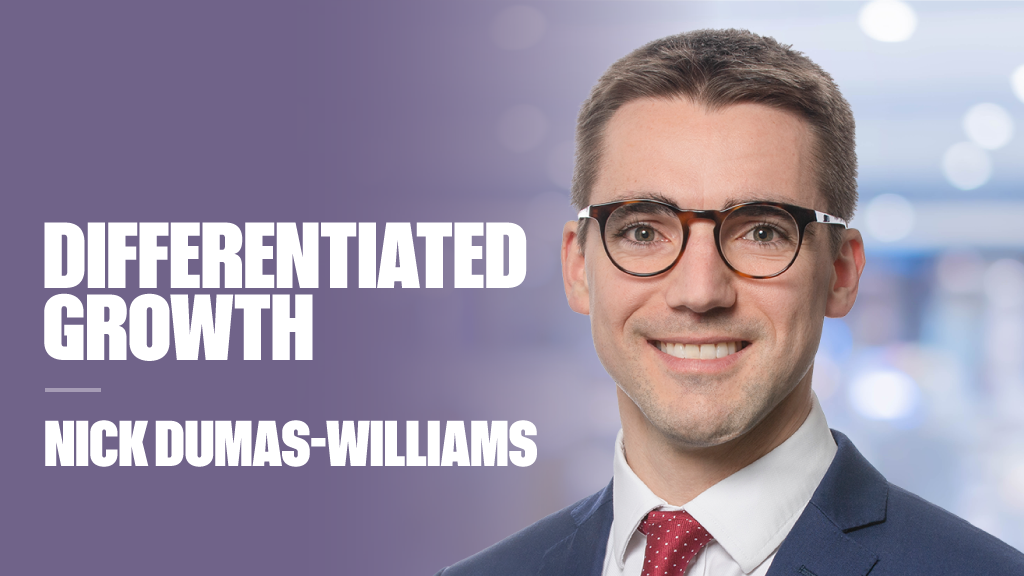Furthermore, he proposed that not only are projections of the effect of a US interest rate rise overblown, but so is speculation on the scale of the rate rise itself.
“The question that people ask is why, after a sustained dollar rally, we have not seen a surge in EM corporate defaults coming from FX mismatches,” he said. “This is because most of the EM corporates that are choosing to borrow in dollars are exporters with revenue in dollars, meaning that they are actually reducing their FX mismatches.
“Many EM corporates actively-hedge their currency exposure, and the most important issue is people misunderstanding how EM corporates operate. Most EM corporates have grown their business in an environment where FX volatility is enormous, and neglecting FX as a concept is like forgetting to eat – it is essential for their well-being. That is not to say that there a not some EM corporates with FX mismatches on their balance sheets, but these corporates are badly managed – it is an idiosyncratic rather than systemic problem.
He continued: “Emerging markets are more about currencies than interest rates. The Federal Reserve is not going to raise interest rates as much as people think, as will do it slowly over a long period of time. There is too much debt, and productivity numbers in the US are dropping like a stone, so it will be constrained.”
Laying it on the line
This conviction to EM high-yield corporate credit is represented in Dehn’s portfolio, which he says has been his best-performing EM fixed income play over the past year, and is second only to small caps across every asset class that he holds.
“It is the primary bet that we have in our portfolios,” he expanded. “Our blended debt funds are running with a significant off-benchmark exposure, and within the corporate portfolio we have a disproportionate weighting to high-yield.
“It pays 700-800 basis points over US Treasuries and has much shorter duration than the dollar debt, and we are not worried about having exposure to credit in an environment where an interest rate rise is not going to inflict a massive amount of pain.”











